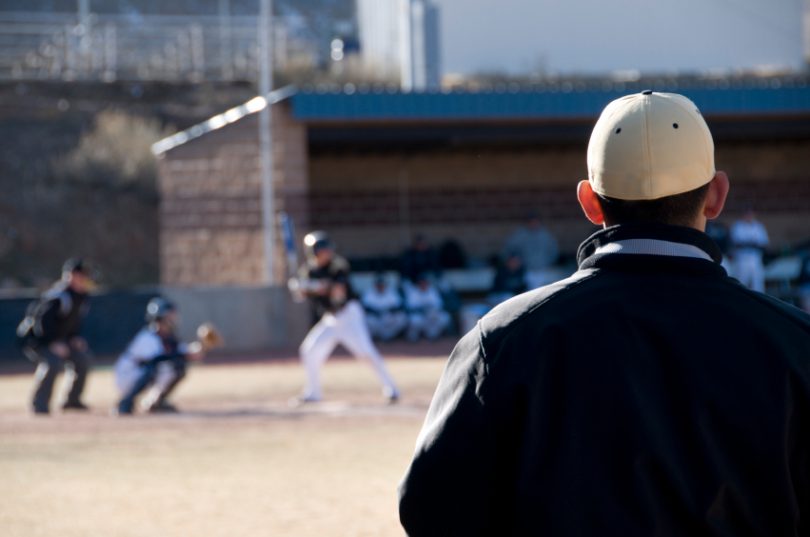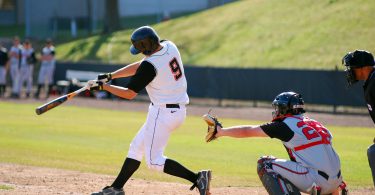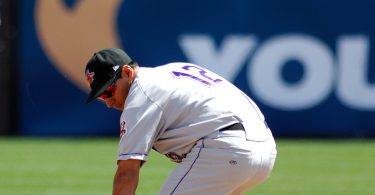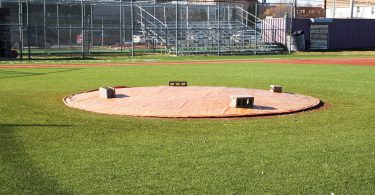By Tom Briner
As former high school and college players, we wanted to take time this week to share some of the coaching strategies that helped us out. We hope you’ll use these tips to help your players improve.
1) Post a practice plan 15 minutes before practice. This will give your players an idea of what their day is going to look like and may give them time to ask other players about drills that they are unsure about without stalling your practice. Having a structured practice plan gives players an idea of how they are going to get better that day. It shows your players that you are dedicated to the team and putting thought into improving them individually and as a team.
2) Bring energy to your practice. Players feed off their coach’s energy. It can drastically change a practice.
3) Be consistent. While each coach has his own unique coaching style, it is important that you stick to your bread and butter. If you’re a coach that emphasizes paying attention to detail, make sure you hold each and every player accountable for doing so. Once your players buy-in, they will start policing themselves.
4) Talk with your players about something other than baseball. The importance of a 5-minute conversation about something other than baseball with a player cannot be stressed enough. This will let your players know that you care about their lives both on and off the baseball field. It will also give you more credibility if you have to be hard on them.
5) Do not let a day of practice get away. Just going through the motions is wasted time in the development of a baseball player. Simply showing up, taking some swings, fielding some ground balls, and going home doesn’t improve anyone unless you are swinging with a purpose and fielding with a purpose. While baseball can become a grind, it’s important that your players are working on something specific that you know will improve them. Example: Your team just played 4 games in a week and they are tired. Your practice plan consists of playing catch and batting practice. Your shortstop had some trouble fielding balls in the hole. Make it a priority during batting practice to hit him gb’s in the hole and show him how he can improve.
6) Ask “How did you get better today?” Simply asking your players how they improved can drive them to a productive practice. If a guy doesn’t have an answer for you, then you might want to give him something that you think he needs to improve upon.
7) Simplify the approach to improvement. As the great Crash Davis would say “you throw the ball, you catch the ball, you hit the ball.” Simplify and focus your players’ work to improve. Tell them what you are intending to get out of every drill. Example: If you have a pitcher who is struggling to find command of his offspeed pitches, rather than having him mix in both offspeed pitches, tell him that you want him to focus on one at a time. Have him throw the pitch that needs the most work when he plays catch in order to get a feel for it.
8) Talk baseball with your guys. Asking your players about certain situations in games they watch on TV can help them mentally improve their game without touching the field. Pitch sequences, relays from the outfield, and full arm fakes are three things that separate MLB players mentally from other players. Talk to your pitchers about the importance of pitching around a guy or how to set a guy up. Talk to your position players about the importance of hitting their cutoff and that they have somewhere to be on every single play. (Think Derek Jeter relay vs Oakland in the 2001 ALDS) Young players do their best to emulate MLB stars and it makes it much easier to learn when they can see video of what they’re supposed to do.







